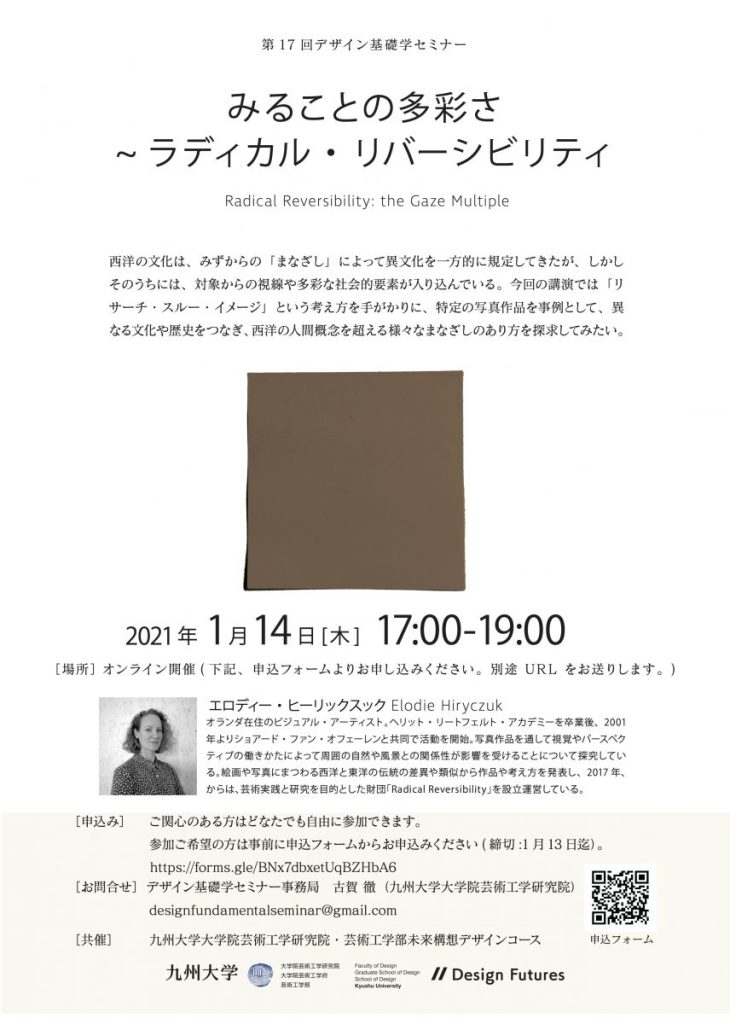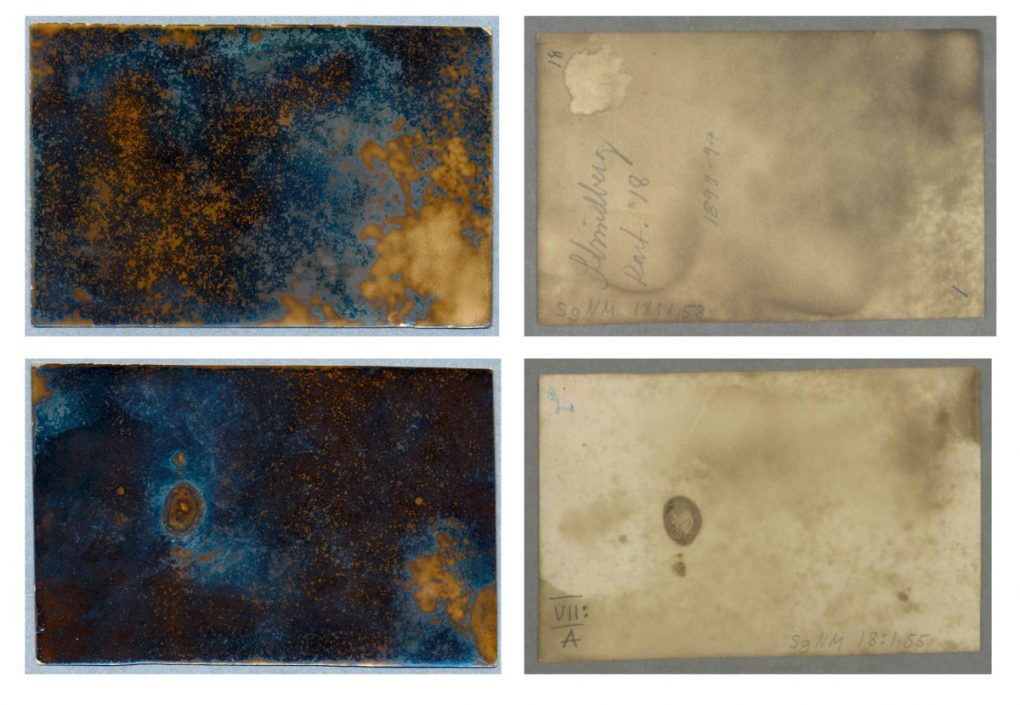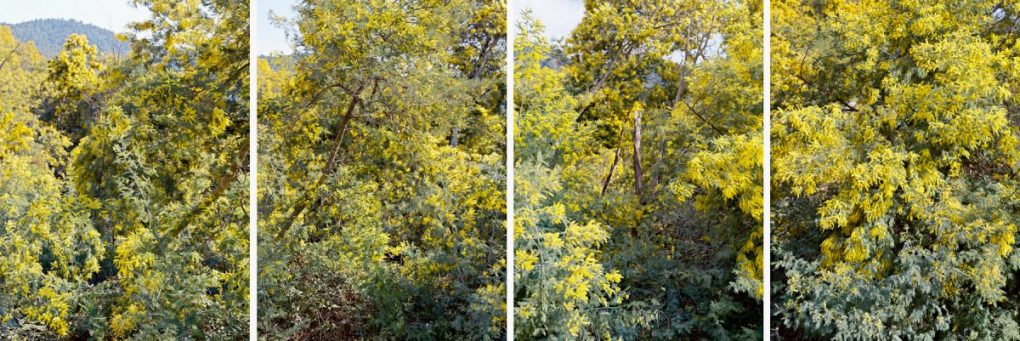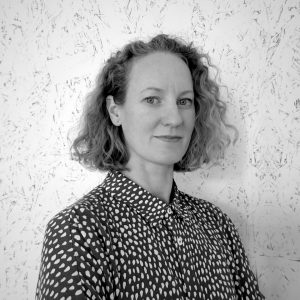The 17th Design Fundamentals Seminar "Radical Reversibility: the Gaze Multiple"
Departing from the assumption that looking is a multi-directional process, the univocal concept of the gaze, as created by a dominant western worldview, needs to be challenged. For this purpose ‘research through images’ can be employed as a method to investigate different cultures of the gaze, from intercultural, transhistorical and non-anthropocentric perspectives. With the aim of conceiving the act of looking as transformative and messy we will further introduce the sensitizing concept of the ‘gaze multiple’. We will consider how particular contemporary photographic art practices offer alternative and more complex approaches to what seeing can mean for our relationship with environments.
Lecturer
Elodie Hiryczuk, Visual Artist
Elodie Hiryczuk (b. 1977, France) is a visual artist and a researcher based in Amsterdam, The Netherlands. She studied Moving Image at the Gerrit Rietveld Academy and at the Sandberg Institute (Amsterdam). Since 2001 she has been working as an artist duo with Sjoerd van Oevelen (b. 1974, The Netherlands). Hiryczuk / Van Oevelen have had exhibitions in the Netherlands and abroad. They received a Red Dot Award and were nominated for the 13th annual Van Bommel Van Dam Prize. Together they recently co-founded the practice and research-based art foundation Radical Reversibility. Elodie Hiryczuk has been artist in residence at AIT Arts Initiative Tokyo (Japan) and Skaftfell Center for Visual Art in Seydisfjördur (Iceland). She is currently lecturer Expanded Photography at ArtEZ AKI Academy of Art and Design in Enschede and PhD researcher at the Center for the Arts in Society at Leiden University (The Netherlands).
Date
January 14th, 2021: Opens at 16:30 p.m, performance starts at 17:00 p.m. in Japan Time.
Venue
Online

Review
Using a series of photographic works by herself and others, visual artist Elodie Hiryczuk presented us with the concept of the “gaze multiple,” which contains the simultaneous assembling of multiplied perspectives, not only through a retinal viewpoint of a human eye but also through a camera’s viewfinder (and/or lens). This facilitates the affordance of the random setting of a camera itself (Figure 1), and also alternatively expanding frames of works and moving beyond boundaries of different photographic space (Figure 2). Her presentation illustrated a cognitive shift in how we can challenge our conventional habits of looking in a playful manner, and thereby noticing that our visual experience is in fact embodied in a multiplicity of viewpoints in different time and space that eventually brings us a sense of such photographic worlds as somewhat haptic. This is not merely a fixed representation of reality, which we tend to assume is usually captured by photography.


In explaining the concept of the non-anthropocentric way of seeing the external, environmental world, she adopts Japanese philosopher Nishida Kitaro’s conception of place of nothingness, which is interpreted and explained by Adam Loughnane’s concept, “multi-perspectival vision” (49) [1]. She argues that, understanding the contrasting perception of the self between the East and the West, Nishida’s viewpoint adopted by Loughnan toward the inter-relational sense of seeing between the self and the other can be applied as a refined theoretical tool to overcome the dichotomy of the oppositional gaze between the looking and the being looked at. She thus helps us obtain the non-human viewpoint of perceiving the other, including even nature. To illustrate this merging gaze, she showed us an example from Celestographs by Swedish playwright, August Strindberg (1893–94), whose series of photographic images were created without using a camera lens, but rather by exposing photographic plates to the ground at night, resulting in absence of the subject (a viewer) and the object (a motif) (Figure 3) .

Furthermore, she finds the emergence of over-flowing bodily mobility that connects the gaze multiple with another concept of “radical reversibility”. In one example, the sequences of photographs of wild Mimosa trees embody multi-perspectives as well as impose the effect of a dazzling and a dizzying (or as she puts it, “messy”[2]) reversal of time and space (Figure 4). Accordingly, her works with Sjoerd van Oevelen relentlessly continue to create mobilized multiple gazes that coexist between the self and the other, the East and the West, the present and the past, human and non-human. Such perpetual reversal of a multi-directional gaze is not static, but is rather always pursuing engendered acts of seeing. Their photographic works enable viewers to have doubts about the existing frames of our inner/outer worlds and to think about the potential of connecting to reverse perspectives.

[1] Loughnane, Adam. “Merleau-Ponty and Nishida: Art, Depth, and Seeing-without-a-Seer”. European Journal of Japanese Philosophy. 1, 2016: 47-74.
[2] Elodie Hiryczuk and Sjoerd van Oevelen. “Seeing of Course, Is Also an Art”. The Philosophy of Photography Journal. 4, no. 2, 2013: 145–61.
(Yuko YOSHIDA)

